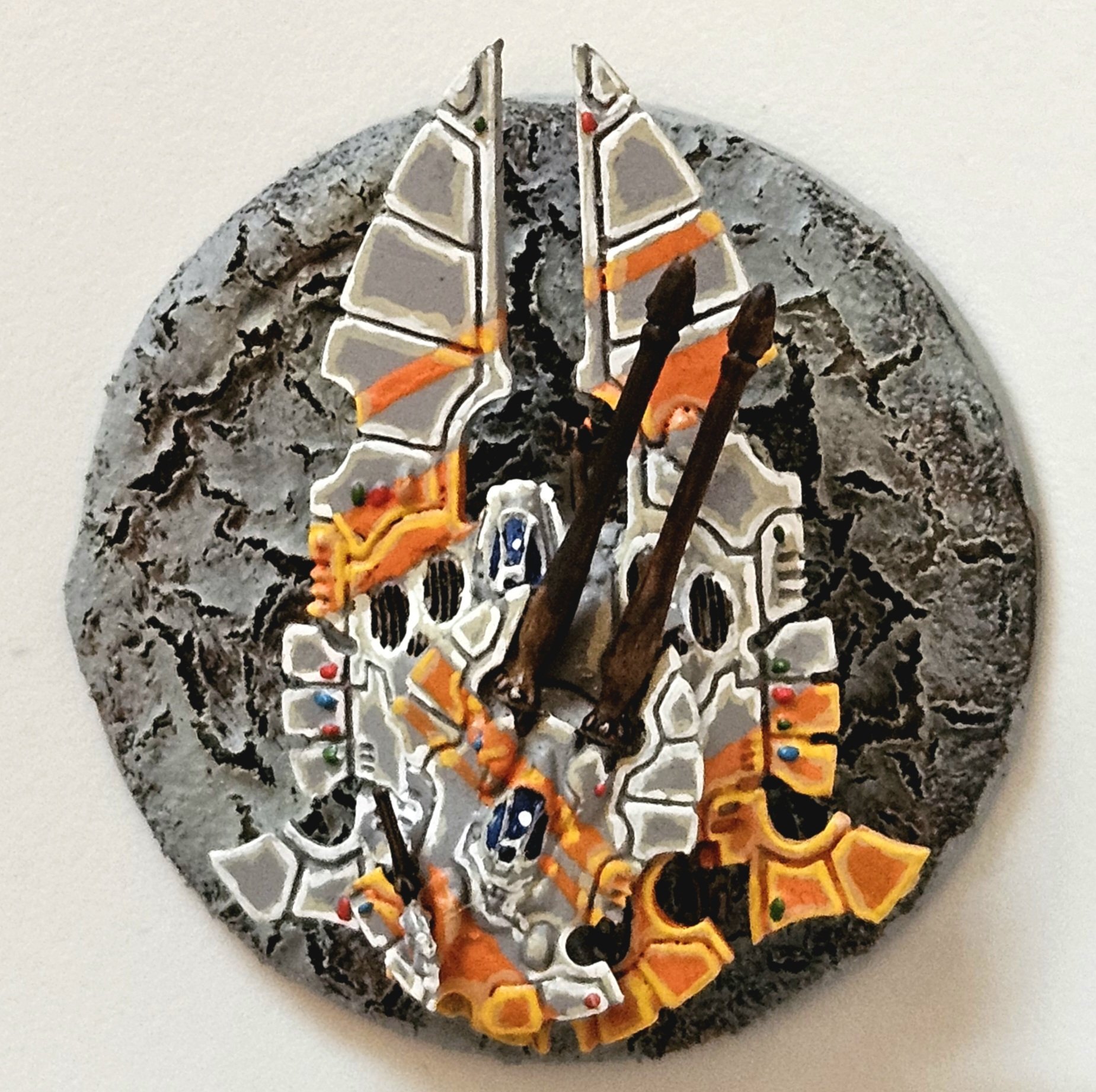

Depends a bit on what you’re doing with them
For hard-wearing work pants, I think Duluth firehouse pants are pretty hard to beat
Dickies or Carhartt are solid, more-readily-available options
If you’re looking more for lightweight hiking pants, I used to have a pair of north face zip-off pants I really liked, but I’m not sure if they still make the same or similar model, but I’d take a look at their offerings. They were a bit pricey but not outrageous.
Barring that, a lot of my outdoors clothes tend to be Columbia.
For sort of a middle-of-the-road that can kind of fill either role, I’d probably go for BDUs. No specific brand recommendation, there’s a lot of companies making them, and while I haven’t tried them all, the ones I have have been pretty much the same. Just kind of get whatever you can get a good deal on online or whatever your local military surplus place stocks.












I have a friend who used to work for a big time tech company with lots of defense department contacts, one of the sorts of companies where if he talked about his company helping the government read peoples emails and track you online and such, you couldn’t really be sure if he was joking or not.
He no longer works for that company, and I’m pretty sure he wasn’t joking by the way.
I’ve been fortunate to know a lot of really smart people in my life, and I like to think I’m not an idiot myself, but this guy is hands down the smartest person I’ve ever met and it’s not even close, he is scary smart.
And he made insanely good money while he worked for them, and the kind of shit they did on the company (and by extension, the taxpayers’ dime,) was insane, they were regularly flying out to Vegas and putting it all on the company credit card.
So yeah for a talented person, there is really damn good money to be made if you can get security clearance.